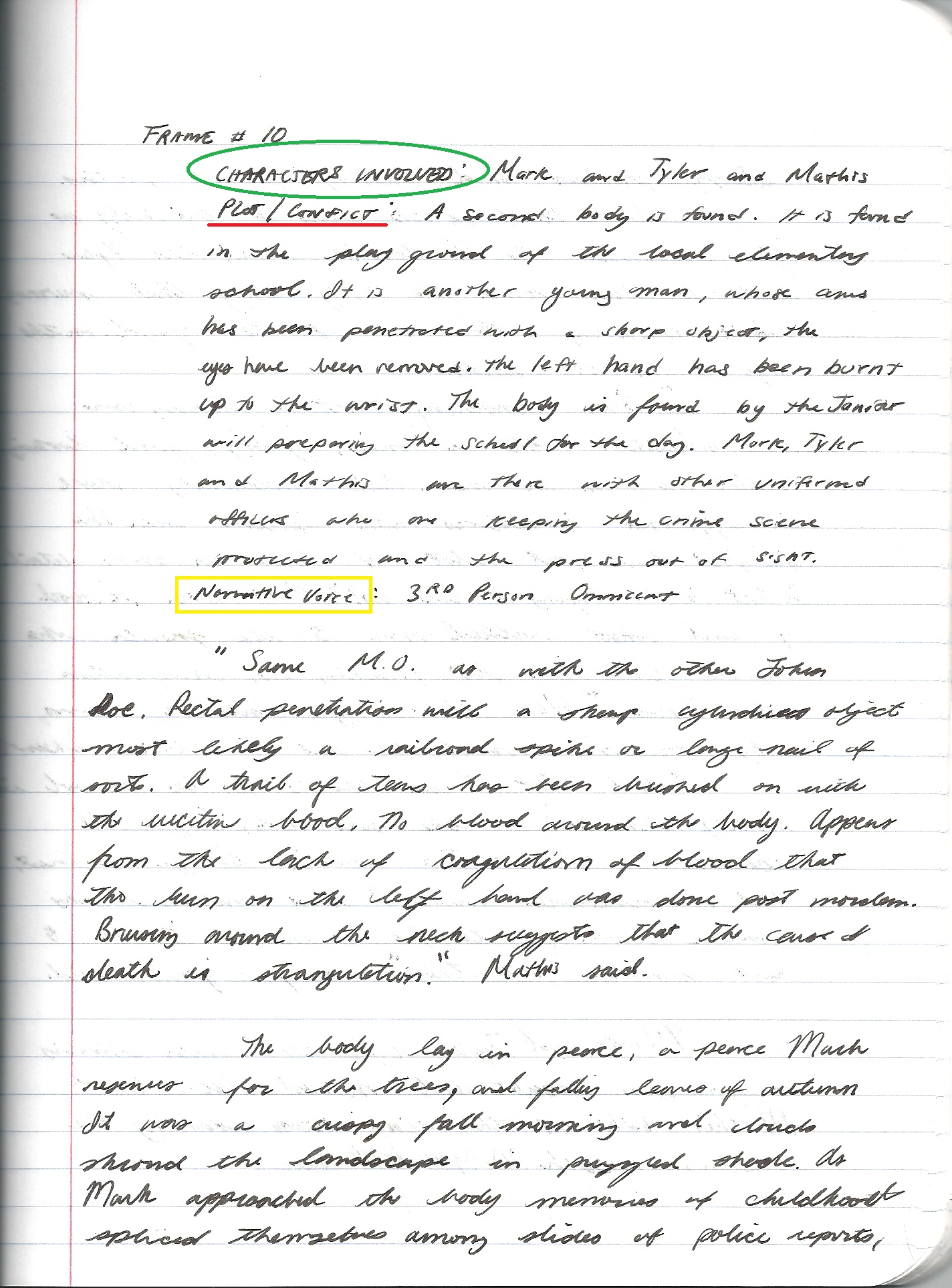I want to take a slight detour before I get into the structure of a frame.
This past Saturday was our one year anniversary. There are a lot of things that have changed over the course of this year. We have added more people to the original four. We have a blog, an online store, and a publishing company. We're on Facebook and Twitter. We've hosted open mics, book launches and late-night meetings fueled by caffeine.
But through all of these changes, our commitment to bringing you the best pieces of Individual Expression has not wavered. We are still a collective of human thought and insight and continue to strive to bring you the best product possible.
We seek to continue our goal of bringing people together in multiple mediums so that they may have meaningful conversations.
I want to end this by thanking all of the people that have made this possible, and for all of you who continue to read and share this magazine.
Thank you.
Now, onto Framing.
So below I have posted a photograph of what a page from my notebook looks like.

There are three key features that I would like to point out and each is marked by a different color and shape. Each color coded section refers to a different question I ask myself before I start any frame.
Who are the characters involved? What is the plot/conflict? What is the narrative voice?
By asking these questions I give myself a clear path to follow and it makes getting a few lines onto the page a little easier.
The first section, "Characters Involved" circled in green, helps not only to get you thinking about the who of a frame but allows you to group related frames quickly and easily.
The last section, "Narrative Voice" highlighted by a yellow rectangle, is important because it makes it explicit how the narrative is going to be told. In my frames I have used several narrative voices. For example Jacob's narrative is told in 1st person while Mark's narrative is told in 3rd person witness. I have also tried experimenting with narrative voices.
A new voice I am experimenting with is for William's narrative. I call it 1st person witness testimony (I'm sure there's some fancy literary term for this, but I'm a Law Student so please humor me). In this narrative voice there is no dialogue. Everything we get is from one person's mouth and by that fact hearsay. But what will make this narrative voice work will be the frames before this one. If I put frames before this that make William seem sympathetic then you will be more inclined to believe what he says. If I have a frame before this one where he is cheating on his wife, then you are less inclined to believe him.
The most important part of the Frame outline by far is the Plot/Conflict section underlined in red. This section helps me avoid writing meaningless details in the body of the frame which only serve to distract from the dialogue and narrative. This section also helps me to keep the pacing of the frame quick.
One additional benefit of writing out the Plot/Conflict before hand is that if I have to step away from my writing I already have a summary or rather an abstract of what the frame is going to be doing so I can quickly pick it up.
It' s important though to remember that just because you have outlined it in your Plot/Conflict section doesn't mean you have to follow it strictly in the body of the frame. The Plot/Conflict section is more of a guide to follow and is meant to help you. It should not be treated as though written in stone.
Remember, inconsistencies in your Frames are fine, and I would argue that they are preferable. These nuances and slight variations allow you to explore multiple ripples in the time/space fabric of your ever evolving world. These wrinkles will be ironed out in subsequent drafts so don't slow down your writing by trying to solve everything now.
Well, that's it for this week. Next time I am going to be finishing the second part of Framing and discussing how your Frames should work within their respective local narrative as well as the over-arching narrative.
Until next time,
As always
Undoubtedly Yours,
Bermuda the Man

No comments:
Post a Comment